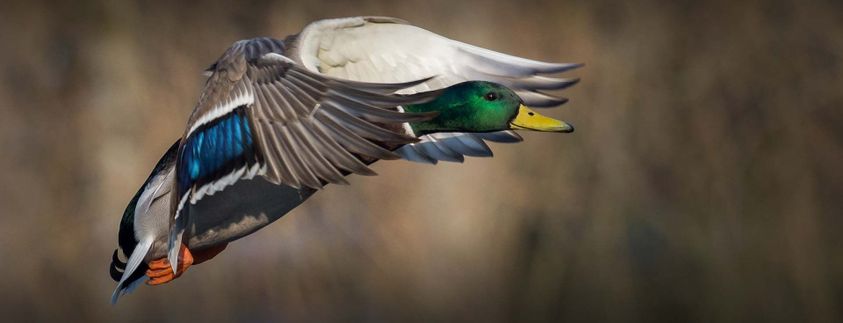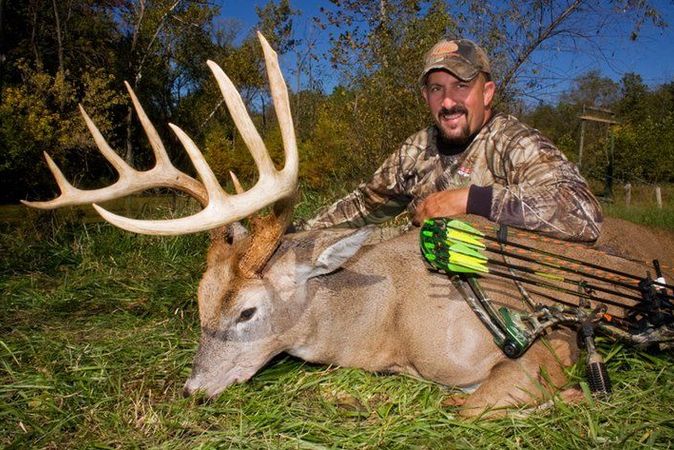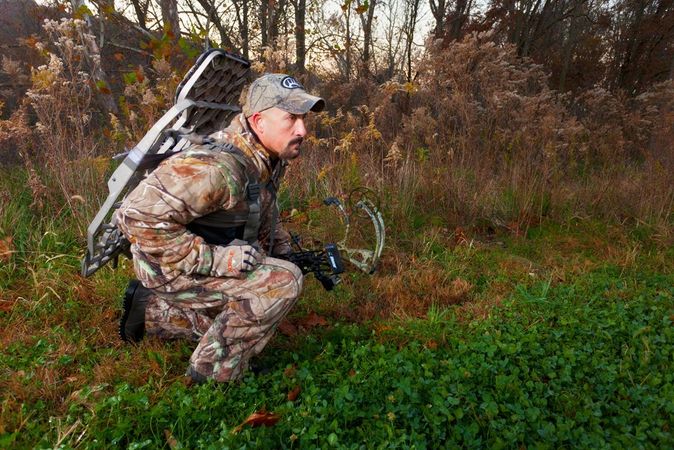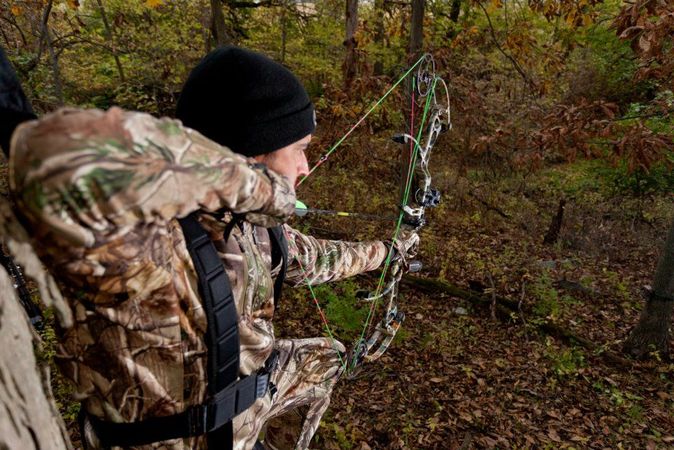My first shotgun was an H&R single-shot 20 gauge. It has a sawed-off, fixed-choke barrel fit for a kid though I couldn’t tell you anything about the pattern. Nor do I know if they even make those guns anymore. One thing I do remember vividly: no matter how hard I gritted my teeth and leaned into the stock, that little shotgun kicked the hell out of me every time I pulled the trigger. And I loved it. Because no matter if I hit what I was shooting at, ejecting the spent hull and inhaling a stream of burned powder drew me deeper into the lifelong obsession with wingshooting I possess today.
Though I no longer care for the black and blue shoulder I attributed to a good bird shoot all those years ago, I do still enjoy weekends of cutting feathers or busting clays. My gear has also been upgraded from that old H&R (I still have it, but I’m probably too smart {read: scared} to shoot it). In my early teens, I graduated to a 12 gauge though you could call postgraduate shooting moving back down to a 20. It’s not so much the size of the shell in the chamber. Rather, shooting successfully comes down to form and understanding the chokes in the end of the barrel.
A brand new shotgun is going to come with four basic chokes. From the widest pattern to the tightest, the chokes are labeled as skeet, improved, modified and full. Here’s how you might use them.
Skeet Choke - Max Distance: 40-inch spread at 25 yards
The skeet choke is used to shoot, well, skeet. Also, trap. The wide pattern disperses quickly giving you the best opportunity to bust a clay pigeon at close range, which reminds me of quick shooting tip: always get on the target quickly and fire before it reaches the apex of its trajectory.
Improved Choke - Max Distance: 40-inch spread at 30 yards
The improved cylinder is a go-to for smaller birds like dove and quail because of its fairly wide pattern. You might even have it handy for calm days during the early teal season. The exception is for the consummate double-barrel shooter who’ll likely have his chokes set to improved/modified.
Modified Choke - Max Distance: 40-inch spread at 35 yards
Now we’re talking to waterfowlers hunting on a fairly mild day with some wind. The modified choke is going to be just barely tighter than improved and a tad more open than full. It’s my personal preference for duck and goose hunting - not so tight that I’ll consistently miss nor too open that I’ll risk wounding birds at a reasonable range.
Full Choke - Max Distance: 40-inch spread at 40 yards
The die-hard duck hunter who’s in the blind during the worst storms should shoot a full choke. So should the goose hunter. It’s constricted down to the tightest pattern (just short of the extra full choke, but we’re not talking turkeys) you’ll get on a modern-day shotgun and will hold a good pattern for some 40 yards, wind and shell dependent.
If you’re curious about patterns, set up a 40-inch by 40-inch piece of cardboard and shoot it from the distances listed above. Like sighting in a rifle, it’ll help you become a more consistent shooter and an all-around better hunter. Knowledge is everything.







